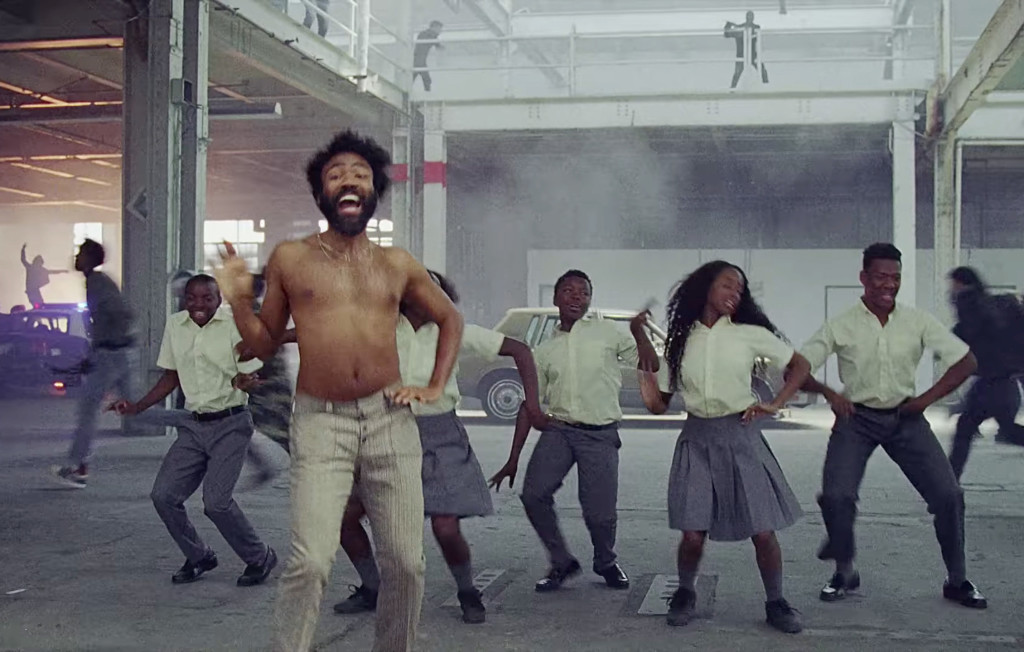
Metamodernism is a term that has gained traction in recent years as a means of articulating developments in contemporary culture, which, it is argued (and our generation appears to intuitively recognise) has seen a move beyond the postmodern mode of the late 20th century. In the wake of the myriad crises of the past two decades—of climate change, financial meltdown, and the escalation of global conflicts—we have witnessed the emergence of a palpable collective desire for change, for something beyond the prematurely proclaimed “End of History.”
Ours is a generation raised in the ‘80s and ‘90s, on a diet of The Simpsons and South Park, for whom postmodern irony and cynicism is a default setting, something ingrained in us. However, despite, or rather because of this, a yearning for meaning—for sincere and constructive progression and expression—has come to shape today’s dominant cultural mode.
Whereas postmodernism was characterised by deconstruction, irony, pastiche, relativism, nihilism, and the rejection of grand narratives (to caricature it somewhat), the discourse surrounding metamodernism engages with the resurgence of sincerity, hope, romanticism, affect, and the potential for grand narratives and universal truths, whilst not forfeiting all that we’ve learnt from postmodernism.
Thus, rather than simply signalling a return to naïve modernist ideological positions, metamodernism considers that our era is characterised by an oscillation between aspects of both modernism and postmodernism. We see this manifest as a kind of informed naivety, a pragmatic idealism, a moderate fanaticism, oscillating between sincerity and irony, deconstruction and construction, apathy and affect, attempting to attain some sort of transcendent position, as if such a thing were within our grasp. The metamodern generation understands that we can be both ironic and sincere in the same moment; that one does not necessarily diminish the other.
The use of the prefix meta here derives from Plato’s metaxis, describing an oscillation and simultaneity between and beyond diametrically opposed poles. This usage was first proposed by Dutch cultural theorists Timotheus Vermeulen and Robin van den Akker in their 2010 essay, Notes on Metamodernism, spawning a research project and website of the same name, as well as numerous symposia and exhibitions, to which a diverse array of academics, writers and artists from across the globe have since added their voices.
As Vermeulen and van den Akker put it, metamodernism’s oscillation should not be thought of as a balance; “rather, it is a pendulum swinging between 2, 3, 5, 10, innumerable poles. Each time the metamodern enthusiasm swings toward fanaticism, gravity pulls it back toward irony; the moment its irony sways toward apathy, gravity pulls it back toward enthusiasm.”
This metamodern sensibility can be discerned in, for example, the films of Spike Jonze, Miranda July, Wes Anderson, Leos Carax, and Alejandro González Iñárritu; in the music of Donald Glover, Bill Callahan, Janelle Monáe, and Future Islands; in TV shows such as Parks and Recreation, Breaking Bad, BoJack Horseman, and Last Week Tonight; in the novels of David Foster Wallace, Zadie Smith, and Roberto Bolaño; the poetry of Jasmine Dreame Wagner, Sophie Collins, and Melissa Broder’s quasi-mystical multimedia NewHive offerings. In the visual arts, we have seen a shift away from the insubstantial conceptual one-liners of the YBAs, or Jeff Koons’s vacuously overinflated ironic baubles, towards a reengagement with materiality, affect and the sublime, found in the work of artists like Olafur Eliasson, Morehshin Allahyari, and Guido van der Werve, movements such as Cybertwee and Afrofuturism, as well as my own ongoing practice with LaBeouf, Rönkkö & Turner.
Ours is also an age in which increasingly speculative modes of thought are thriving, with philosophies such as Speculative Realism and Object Oriented Ontology, as well as movements like Occupy, Black Lives Matter, and the rise of extremist political factions (for better or worse, as in the case of the so-called ‘alt-Right’), empowered by network culture. However, metamodernism itself is not intended as a philosophy or an art movement, since it does not define or delineate a closed system of thought, or dictate any particular set of aesthetic values or methodologies. It is not a manifesto—although, as an artist myself, I couldn’t resist the temptation to imagine it as if it were, with my 2011 Metamodernist Manifesto an exercise in simultaneously defining and embodying the metamodern spirit; at once coherent and preposterous, earnest and somewhat self-defeating, yet ultimately hopeful and optimistic.
Metamodernism does not, then, propose any kind of utopian vision, although it does describe the climate in which a yearning for utopias, despite their futile nature, has come to the fore. The metamodernism discourse is thus descriptive rather than prescriptive; an inclusive means of articulating the ongoing developments associated with a structure of feeling for which the vocabulary of postmodern critique is no longer sufficient, but whose future paths have yet to be constructed.
This article was first published on Queen Mob’s Teahouse / Berfrois in January 2015, having been adapted from a talk presented at the Royal College of Art in November 2014. Image/examples updated 2018.
Image: This is America (still), Childish Gambino, 2018
